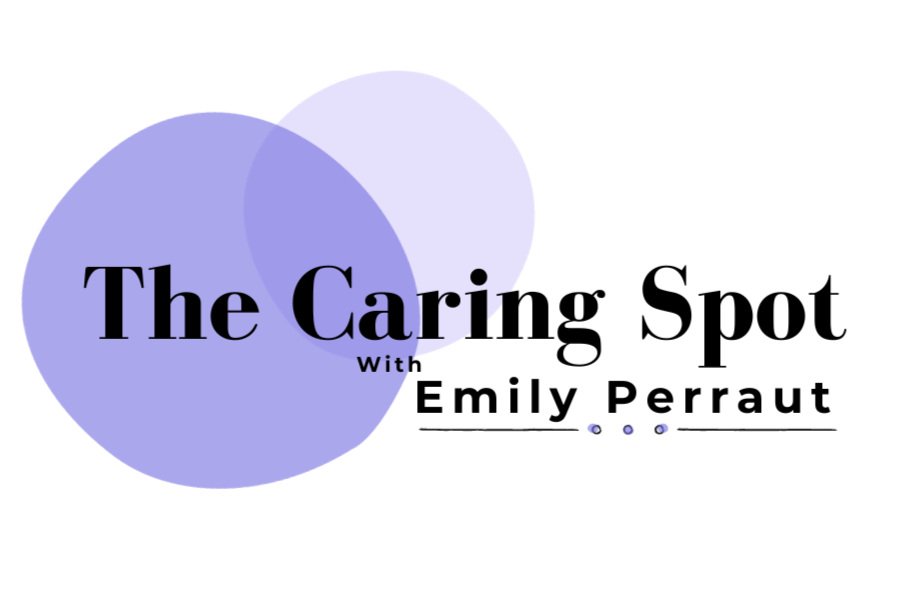
What is Brainspotting?
'
“Where you look affects how you feel”
— Dr. David Grand, Ph.D.
Founder of Brainspotting
About Brainspotting and How It Can Help
Brainspotting is a brain-body, mindfulness-based, relational approach that makes use of the visual field to access the subcortical brain, in order to shift physiology, facilitate healing, and improve both psychological and physical health and well-being.
The discovery of Brainspotting and how we use it to
shift physiology for healing and expansion.
Dr. Grand says, “What’s in the brain is in the body, and what’s in the body is in the brain.” This means that when we experience an overwhelming or emotionally painful event, or something traumatic, it can affect the health of our physical body. Conversely, when we experience a physical injury, it can effect us emotionally. Through accessing the parts of the brain that store trauma and are responsible for emotion regulation, Brainspotting can allow us to rapidly access and resolve issues that show up both physically and psychologically…
Harnessing the Brain/Body Connection for Healing
Brainspotting was first discovered in 2003 when Dr. David Grand, Ph.D., was using an already modified version of EMDR (Slow Flow) with a highly skilled competitive figure skater. While reprocessing her childhood trauma and the way it impacted her physical performance as an athlete, he discovered Brainspotting and found that it seemed to go deeper than the Slow Flow EMDR he had been using. This allowed for full resolution of her performance block, getting her unstuck so she could land her triple loop, while also relieving her of carrying the burden of some of her trauma.
Deep, Rapid Resolution of Trauma & Performance Blocks
In Brainspotting, we make use of relevant eye positions (‘brainspots’) to access painful past memories and stored trauma in your brain and body. The eyes, just as they are a powerful window to our outside world, can also help us access our internal physical and emotional landscape. Your eyes are the second most complex organ in your body, second only to the brain, with over 200 million working parts. Your eyes are the only parts of your brain that exist outside of your skull and they contain brain tissue and neurons.
Eye Position for Access
Getting Unstuck & Clearing out the Junk
When on a Brainspot (aka relevant eye position), your system can self-scan to find and then access a (metaphorical) file drawer that contains the files connected to the life experiences and beliefs related to whatever is bothering you and keeping you stuck. Brainspotting helps us reorganize this file drawer, making it more accurate, efficient, and up to date, and clearing out old memories and experiences you no longer need, ultimately helping you follow through with your intentions….like setting boundaries and saying “no” with more ease, as one example.
It is hypothesized that Brainspotting accesses the deeper layers of the brain (subcortex) and brain stem, which talk-therapy alone cannot access, allowing for deep, lasting, and rapid healing and change. These subcortical structures are directly involved in emotion regulation, and are also connected to the autonomic nervous system, which regulates all of your bodily functions such as respiration, heart rate, hormone secretion, blood pressure, body temperature, etc.
“…with between 1-4 quadrillion synaptic connections, your brain is a genius!” - Dr. Grand
Brainspotting helps your brain and body access your inherent capacity to heal.
Learn more about Brainspotting
Where you look affects how you feel








